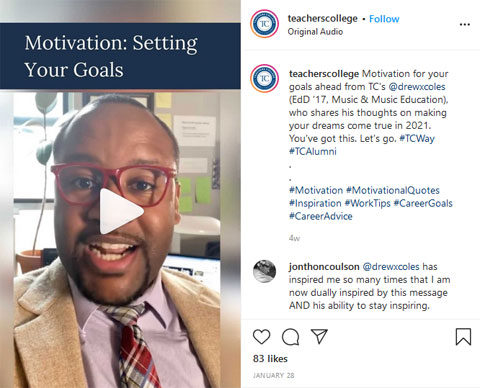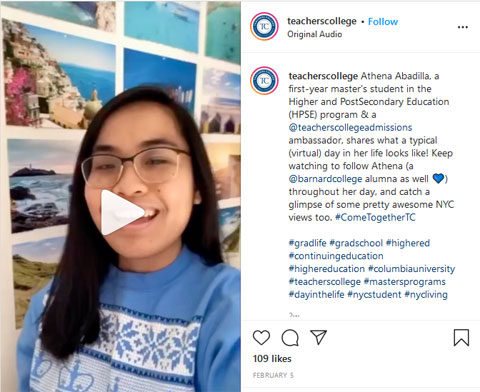enrollment
Digital Marketing Trends for EDU
We’re quickly approaching the one-year mark of when the global pandemic brought our country to a halt. With all the pivots and hurdles of 2020, it is no surprise that the impact of 2020 is here to stay. And as many of you continue to push enrollment for summer and fall, you’re also being tasked with thinking further ahead about enrollment marketing strategies for 2022. Here’s a look at the top digital marketing trends we’re anticipating will have an impact in 2021 and into 2022.
Cross-channel integration, automation and machine learning
You’re likely familiar with the concept of cross-channel and omnichannel marketing—leveraging multiple channels (i.e., social, email, phone, website) to both amplify and deliver a consistent, dynamic message and experience. Cross-channel integration is all about the technology that brings that experience to life. Universities continue to invest in technologies for better data, better efficiencies and a better user experience. However, universities are hungry for an end-to-end marketing, enrollment and technology platform that provides more seamless integration and automation and applies machine learning to maximize their investment.
Virtual events and community-based engagement
Many campuses in the graduate and online space likely were in a good position to push their existing virtual event strategy when the pandemic hit. What we’re seeing now is a shift to more topical-based events for initial brand or program awareness. From there, it’s all about having more on-demand events and video content to support prospective student engagement.
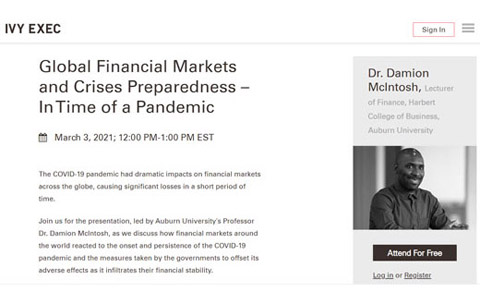
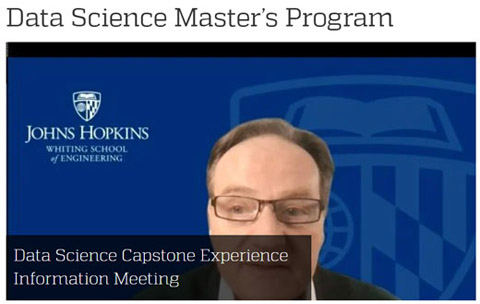
User-generated content and influencer-like marketing
Influencer marketing continues to be a top strategy for delivering ROI in many industries. But for higher ed? Among millennials (the primary target today for both online and graduate programs), 86 percent say user-generated content is a good indicator of a quality brand. Tap into your current student and alumni population to talk about their experience at your institution or the impact of completing their master’s degree—there’s never a shortage of people who don’t like to boast their accomplishments!
User privacy impacting digital advertising
If you’ve been following our recent blogs, you’ve likely heard about the impact of the upcoming Apple iOS 14 update. Apple will require all apps (like Facebook) to enable a prompt asking a user to opt in or opt out of data sharing and tracking within that app. If users opt out of in-app data sharing, our primary way to reaching and tracking users via digital advertising becomes difficult. With this update, we expect a shift to more browser-based advertising (i.e., programmatic display), contextual-based audience targeting, and content creation to supplement some paid advertising efforts. We also anticipate Apple’s initial update to be the first of many pivotal changes in user privacy and ad personalization.
Personalization and personification
Personalization is one of the most critical digital marketing trends, and artificial intelligence and machine learning continue to improve how we deliver a sophisticated, automated, and personalized experience to prospective students. However, the potential upcoming changes to data privacy regulations pose a threat to continued expansion with personalization. Nine out of ten of consumers find personalization appealing, but 76 percent of internet users are not comfortable with how companies are handling their personal data. As the industry adapts to new data privacy regulations, supplementing some personalization for more persona-based marketing will be a must.
Talk with our digital and enrollment experts
We’re to help you find the right digital marketing and recruitment strategies. Let’s set up a time to talk.
ALL THINGS CONTENT…
Content marketing continues to be key to all industries, including higher education. As we become less reliant on pixel-based technology, relevant and engaging content is critical for capturing prospective students in their moment of interest. In addition to user-generated content, the following are some trending content marketing topics that you should consider infusing into your content calendar this year:
- Conversational marketing beyond a chatbot—leverage questions and feedback from prospective students to infuse into your content across channels.
- Easy-to-consume, on-the-go, multi-tasking friendly content like podcasts, newsletters, and visuals.
- Interactive content like assessments, program finders, calculators, maps, charts, and infographics

AND ALL THINGS SEO!
While content marketing continues to dominate SEO, there are some foundational and emerging trends that every university should be incorporating into their content and website strategy. Your website’s content should be focused on the prospective student user experience, organized and curated based on intent and answering questions (especially to capitalize on voice search trends!). From a technical perspective, it is still important to build structured data, semantic schema, and internal linking into all content. Up next: How will higher education capitalize on visual search?
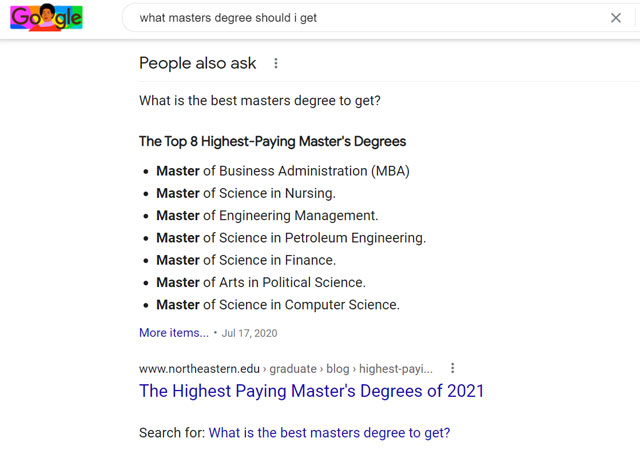
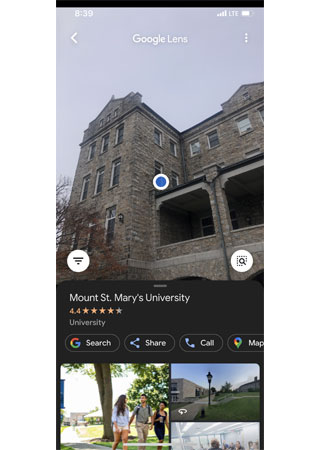
Purpose- and inclusivity-driven messaging
The events of 2020 have impacted our society economically, psychologically, socially, and politically in significant ways. With significant change, reflection and alignment on priorities often follow. We’re seeing universities focus more on inclusivity throughout their messaging and creative. We’re also seeing many brands introduce more purpose-driven initiatives in addition to primary business objectives. Now is a great time for universities to think about how they can give back to their communities.
Video marketing and advertising consumption year over year
With an increase in video consumption, we’ve also seen an increase in inventory and overall engagement from video-based advertising on channels like YouTube, Instagram and streaming TV. E-learning grew by 36.3 percent in 2020, the average U.S. consumer has 9.6 video streaming apps on their smartphone, and 89 percent of video marketers say they get a good return on investment from videos. Video is now integrated into almost all apps and online mediums. With the rise of TikTok and the introduction of Instagram Reels in 2020, we continue to see a substantial increase in video consumption year over year.
Watch my discussion about digital marketing trends and contact us to discuss your best strategies.
I dive into these trends during a lively discussion with my colleague Scott Jeffe on this episode of RNL@Home.
And if you want to talk about your best digital marketing strategies for undergraduate, graduate, and/or online enrollment, contact us today and we’ll set up a time to talk.
